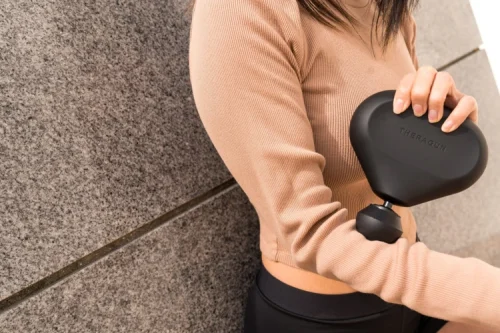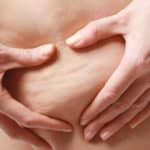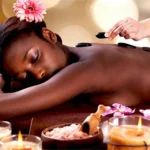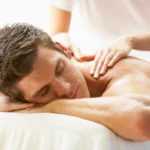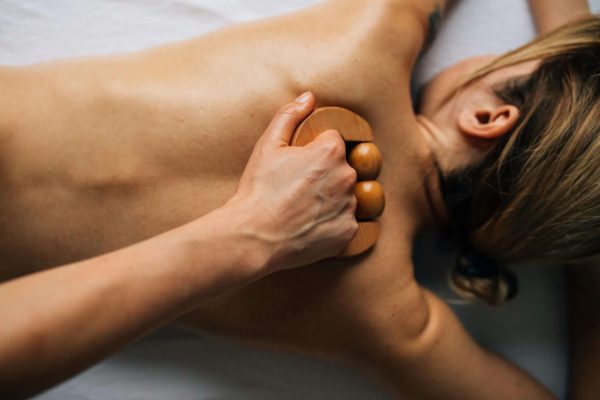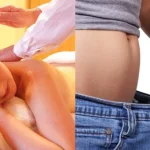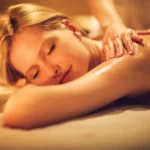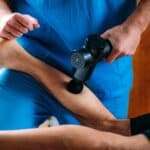If you suffer from golfer’s elbow, massage therapy could be an effective and simple solution for treating your condition. This article will discuss how to treat golfer’s elbow with massage, including the benefits of massage therapy and the types of massage techniques that can be used to relieve pain and reduce inflammation associated with golfer’s elbow. Additionally, this article will provide tips on how to ensure a successful massage therapy session.
What is Golfer’s Elbow?
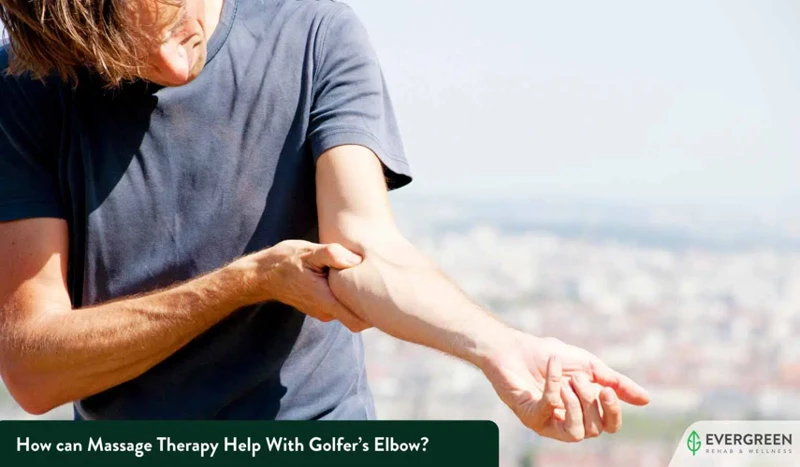
Golfer’s Elbow, or medial epicondylitis, is an injury that occurs when the tendons and muscles of the forearm become inflamed due to overuse or strain. The pain from this injury is usually localized around the elbow joint and can be quite severe. Common symptoms include pain and weakness in the elbow and forearm, difficulty gripping objects, and pain when performing activities such as flexing or extending the wrist or when gripping objects.
How to Massage Golfer’s Elbow
- Start with gentle strokes to warm up the affected area.
- Using your fingers, massage the muscles and tendons near the elbow joint in a circular motion.
- Work your way up to deeper, more intense massage strokes.
- Be sure to massage both sides of the elbow evenly.
- Finish with gentle strokes to cool down the affected area.
Massage is an effective, non-invasive treatment option for Golfer’s Elbow and can help reduce pain and inflammation. Regular massage sessions can help prevent further injury and reduce the risk of flare-ups.
Benefits of Massage for Golfer’s Elbow
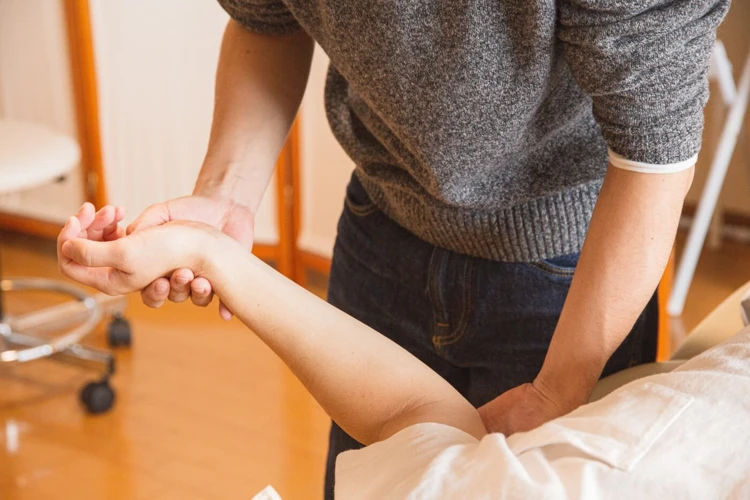
Reduce pain: Massage is an effective way to reduce pain associated with golfer’s elbow. It helps to relax the muscles and tissue around the affected area, relieving tension and reducing inflammation.
Increase flexibility: Massage helps to increase flexibility in the affected area by stretching the muscles and tendons. This helps to reduce the risk of further injury, as well as improve overall performance.
Improve circulation: Massage helps to improve circulation in the affected area by increasing the flow of oxygen-rich blood. This helps to speed up the healing process and reduce the risk of further injury.
Reduce stress: Massage helps to reduce stress and tension in the affected area, as well as the entire body. This can help to reduce the risk of further injury, as well as improve overall performance.
Reduce muscle tension: Massage helps to reduce tension in the affected area by stretching and loosening the muscles and tissue. This can help to reduce pain and improve overall performance.
Preparation for Massage Treatment
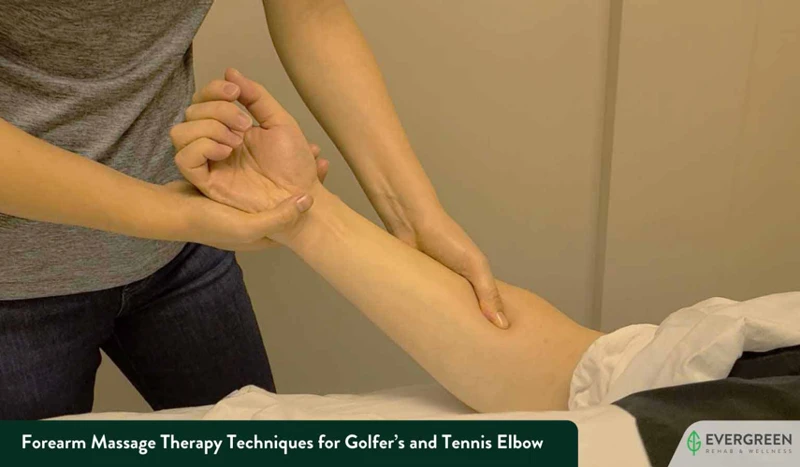
| Step | Description |
|---|---|
| 1 | Gather supplies: massage oil, massage table or bed, body pillow, draping sheet, and massage lotion. |
| 2 | Set up the massage table or bed in a comfortable, quiet area with adequate lighting. |
| 3 | Lay the draping sheet over the massage table or bed. |
| 4 | Explain the massage treatment to the client and answer any questions they may have. |
| 5 | Have the client undress to their level of comfort and cover up with a towel or draping sheet. |
| 6 | Gently move any jewelry or clothing out of the way. |
| 7 | Check the temperature and lighting in the room. |
Massage Techniques for Golfer’s Elbow
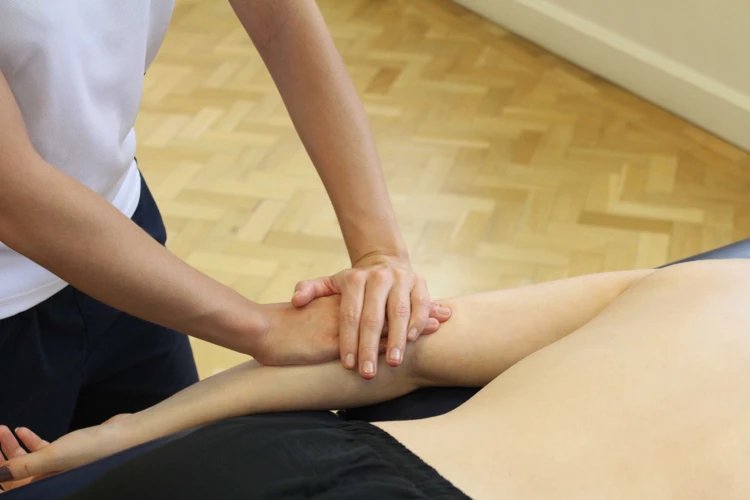
Stroking
Stroking is a gentle massage technique used to relax muscles and increase circulation. It involves long, slow strokes with the fingertips, palms, or knuckles. This technique can be used to increase flexibility and reduce pain.
Friction
Friction massage is a more intense technique that is used to break down muscle adhesions and scar tissue. It is done using small circular motions with the thumbs or fingertips. This technique helps to improve range of motion and reduce inflammation.
Cross-fibre Friction
Cross-fibre friction massage is a technique that helps to break down scar tissue and adhesions that have formed in the muscles of the elbow. It is done using a combination of circular and cross-fiber strokes with the fingertips. This technique can be used to improve range of motion and reduce pain.
Trigger Point Therapy
Trigger point therapy is a massage technique that focuses on specific points on the body that are causing pain. Trigger points are areas of tightness and spasm in the muscles that can cause pain in other parts of the body. This technique is used to reduce pain and improve range of motion.
Additional Considerations
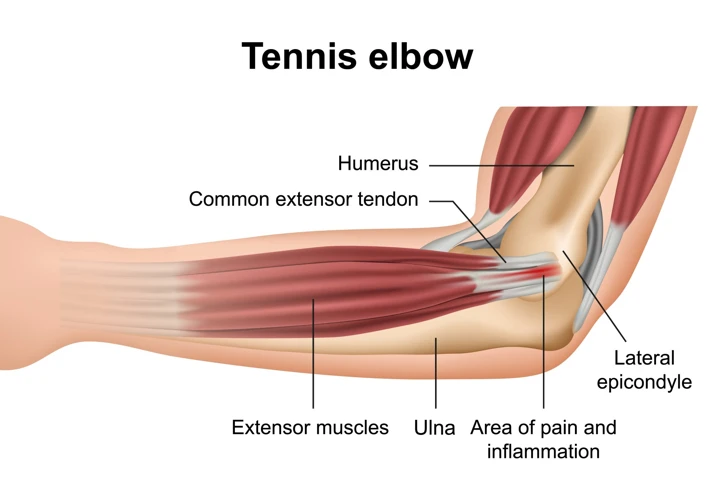
- Stretching and Strengthening Exercises: Stretching and strengthening exercises can help to improve muscular endurance, strength and range of motion. These should be done in addition to regular massage treatments.
- Rest: Rest is essential when it comes to treating golfer’s elbow. Avoid activities that aggravate the symptoms and allow the elbow to heal.
- Ice: Applying ice to the affected area can help to reduce inflammation and pain.
- Compression: Compression can be used to help reduce swelling and improve circulation.
- Elevation: Elevating the arm above the heart can help to reduce swelling and inflammation.
- Over-the-Counter Medications: Over-the-counter pain medications such as ibuprofen can be used to help reduce pain and inflammation.
- Physical Therapy: Physical therapy can be used to help strengthen the muscles and improve range of motion.
Safety and Precautions
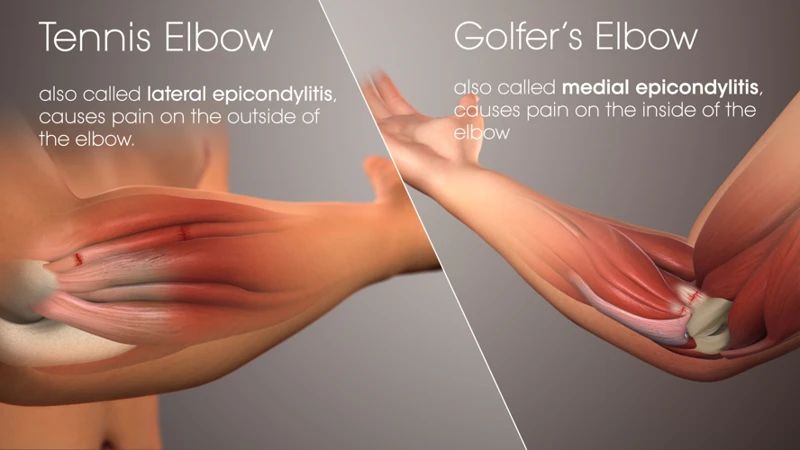
- Wash hands before and after: It is important to wash your hands before and after massage treatment to avoid any skin infections.
- Use gentle pressure: Applying too much pressure may cause further damage to the injured area, so it is important to use gentle pressure when massaging the affected area.
- Avoid massage if there is swelling: If there is swelling in the affected area, it is advised to avoid massage treatment as it may cause further damage.
- Check for skin reactions: It is important to check for any skin reactions after massage treatment. If any reactions occur, it is advised to stop the massage treatment.
- Seek medical advice: If you experience any pain or discomfort during or after the massage treatment, it is recommended to seek medical advice to ensure proper diagnosis and treatment.
Additional Treatments
- Exercise Therapy: Exercises to strengthen the muscles of the forearm, shoulder, and upper back can help to improve flexibility and reduce tension in the elbow joint and surrounding tissues.
- Bracing: Wearing an elbow brace can help to reduce the strain on the elbow joint and relieve pain.
- Ice: Applying cold packs to the affected area can help to reduce pain and swelling.
- Medication: Non-steroidal anti-inflammatory drugs (NSAIDs) can be used to reduce inflammation and pain.
- Cortisone Injections: In cases where other treatments are not successful, a cortisone injection may be used to reduce inflammation and relieve pain.
Frequently Asked Questions
What is Golfer’s Elbow?
Golfer’s elbow, also known as medial epicondylitis, is a condition that causes pain on the inner side of the elbow. It is caused by overuse of the muscles and tendons of the forearm that attach to the bony bump on the inside of the elbow. Symptoms include pain and tenderness in the inner elbow, weakness in the hands and wrists, and a decrease in grip strength.
How can massage help relieve golfer’s elbow?
- Encourage healing: Massage therapy helps to promote healing by increasing blood flow to the affected area. This helps to reduce inflammation and pain while increasing flexibility.
- Improve flexibility: Massage can help to improve flexibility in the elbow and forearm muscles which helps to reduce the tension and stiffness associated with golfer’s elbow.
- Reduce pain: Massage is an effective way to reduce the pain associated with golfer’s elbow. This can be done by applying gentle pressure and stretching the muscles to reduce tightness and tension.
- Manage scar tissue: Massage can help to break up scar tissue in the elbow area which can help to improve flexibility and reduce pain.
- Prevent recurrence: Massage therapy can help to prevent recurrence of golfer’s elbow by strengthening the muscles and increasing range of motion.
What are the Benefits of Massage for Golfer’s Elbow?
Massage is an effective and simple solution for treating golfer’s elbow. It can reduce inflammation, improve range of motion and flexibility, relieve pain, and improve circulation, all of which can help speed up the recovery process. Massage can also help release muscle tension and improve muscle coordination, which can help prevent future injury. Additionally, massage can help improve mental clarity and reduce stress, allowing the athlete to focus on the task at hand and perform at their best.
What kind of massage is best for golfer’s elbow?
Deep tissue massage is one of the most effective massage techniques to treat golfer’s elbow. It is a form of massage that focuses on the deeper layers of muscle and connective tissue, and it helps to release chronic muscle tension and knots. Other massage techniques that can be used to treat golfer’s elbow include:
- Myofascial release – a hands-on technique that helps to stretch and release tight muscles, tendons, and ligaments, promoting increased circulation and range of motion.
- Trigger point therapy – a technique that helps to reduce pain and tension in the affected area by targeting the trigger points in the muscles.
- Swedish massage – a massage that uses long gliding strokes and kneading to relax the muscles and reduce tension.
- Sports massage – a massage that focuses on specific muscles and body parts to help improve performance and increase flexibility.
It is important to find a massage therapist who is experienced in treating golfer’s elbow and can tailor the massage to your individual needs. Your therapist should also be familiar with the anatomy of the elbow and the muscles that are involved in the condition.
How often should I receive massage treatment for golfer’s elbow?
Massage treatment for golfer’s elbow should be done two to three times a week for the first three weeks. After that, you can reduce the frequency of treatment to once or twice a week as the condition improves. It is important to get regular massage treatment for golfer’s elbow as it helps reduce inflammation, improve circulation, and relieve pain. Additionally, regular massage treatment can help prevent the condition from recurring.
Conclusion
Massage is a simple and effective way to treat golfer’s elbow. By targeting the painful area, massage can reduce inflammation and improve mobility. It can also help reduce stress and tension in the surrounding muscles. Regular massage treatments can help reduce the pain and stiffness associated with golfer’s elbow, improving the quality of life of those who suffer from the condition.
References
- Massage Therapy for Musculoskeletal Problems: What Does the Evidence Show?
- Golfer’s elbow
- Golfer’s Elbow (Wikipedia)

